Over the last two decades in particular, many Melburnians have gravitated to a more inner urban lifestyle where they can enjoy cafe precincts and connectivity to their favourite places without the need for a car. Since the days of the ‘quarter acre block with the Hills-hoist in the yard’, our preferences have shifted to a new focus.
These days, we value time with our loved ones and many of us are willing to give up land, in exchange for more time.
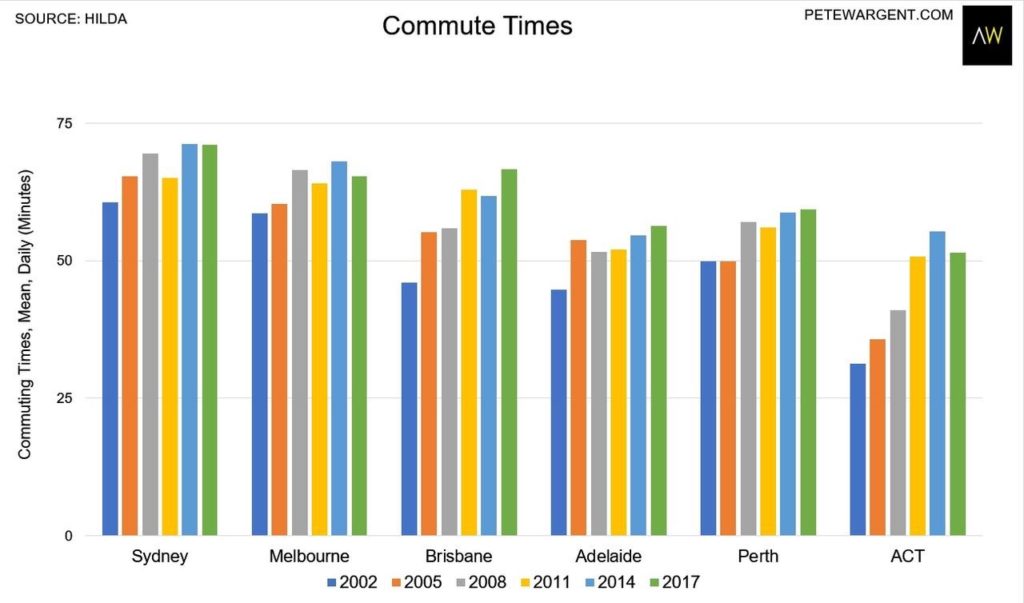
It may surprise readers to see the commute times for the various capital cities on this chart above, but the reality is that our city is growing at an aggressive rate, (by any measure), and our daily new arrivals average out to some circa~ 350 people. Our city’s geographic spread is modest when compared to many other global cities, but our urban sprawl continues with new estates popping up continually.
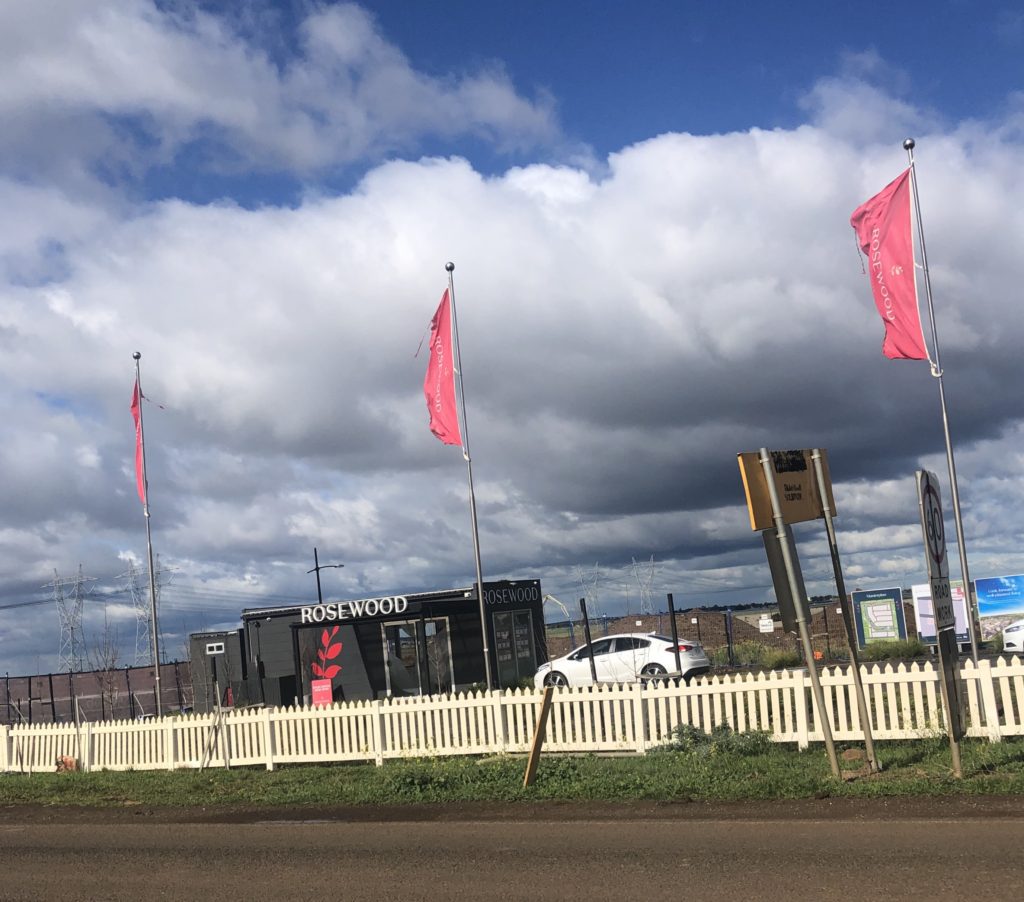
We often talk about the scarcity and inherent value of inner-ring residential property, but sometimes it helps to put this statement into perspective.
The land value per square and capital growth rates documented in the inner-ring locales is a direct reflection of the supply and demand for such property. The popularity of these areas when overlaid with the scarcity of the areas gives rise to strong capital growth. Obviously this is a general statement because there are markets within markets, and some streets or blocks in a high-demand suburb may be considered less desirable for various reasons.
In general though, out-performance capital growth occurs in areas where easy access to amenity, employment, schooling and lifestyle prospects are optimised.
Just recently I had a prospective client comment with disdain about the prices for houses in the inner-5km radius. “It’s just ridiculous that prices have sky-rocketed to such absurd levels,” she told me. I had to explain the scarcity factor, and after some discussion around the variation between 5km, 10km and 15km distances to the city, I fell back onto year seven maths to illustrate the point.
When we consider the radii from the city and compare various bands of suburbs around our CBD, an interesting way to understand the increasing scarcity as we get closer to our city centre is to rely on this formula;

Assuming our city was land-locked (which it isn’t; and scarcity is even further amplified by the bay taking up space in this inner-ring), our square kilometre area within this circle would be just shy of 80 square kilometres.
If we then consider the next band as a donut, this internal area measures some 235 square kilometres. That is more than four times the available land mass of the 5km radius within the donut.
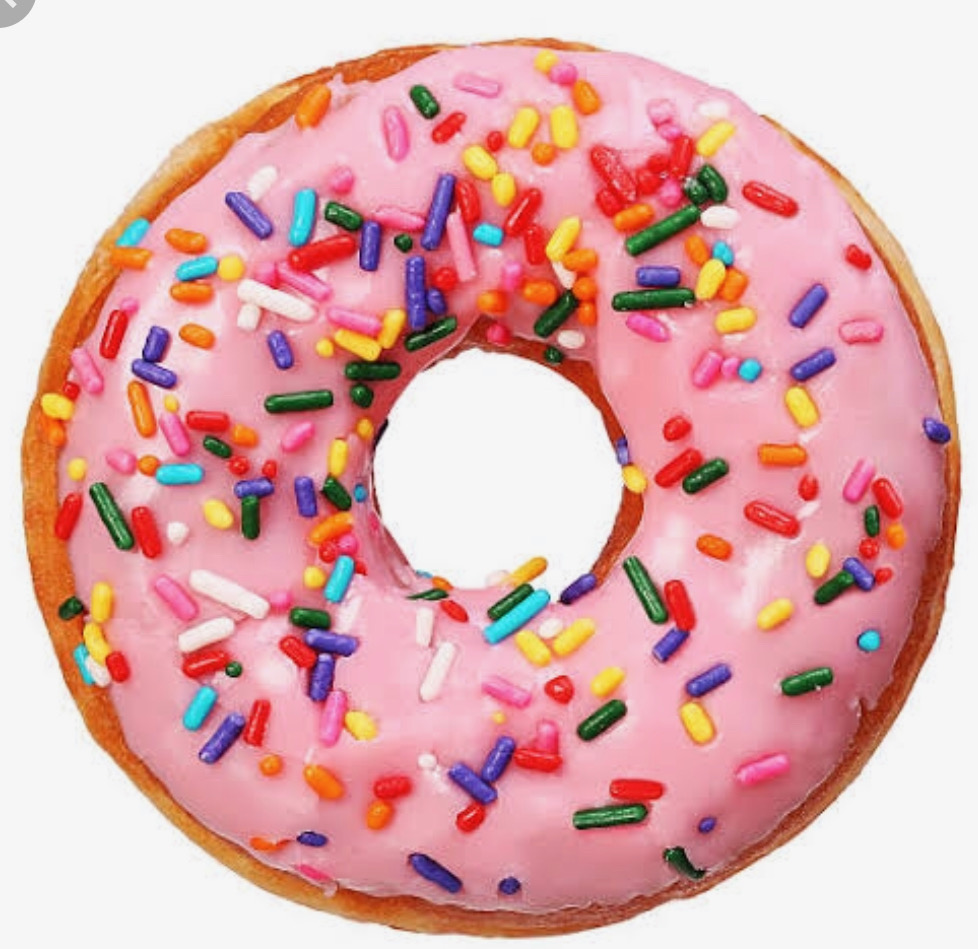
And then if we measure the 10-15km donut (which by now is shaped more like a frisbee), the land area is now some ~400 square kilometres. And so on.
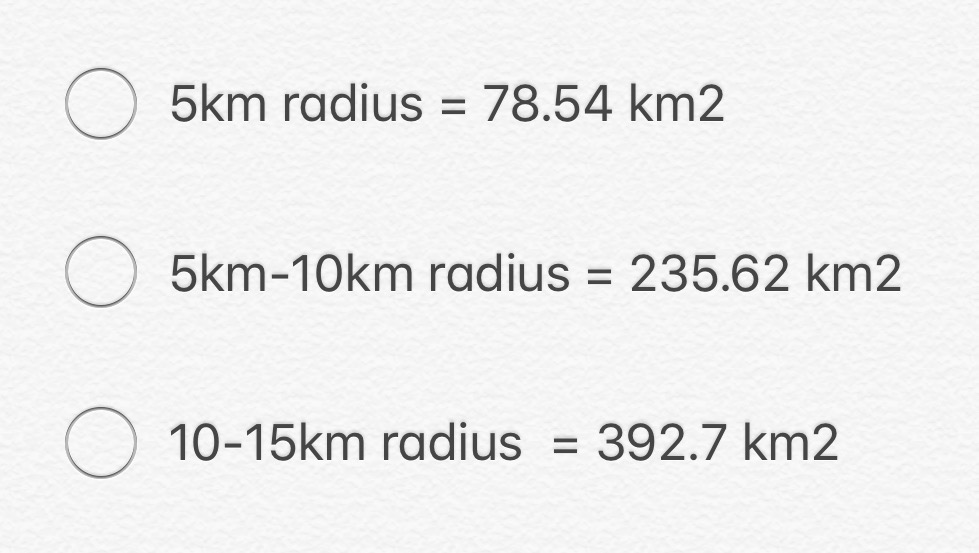
Each incremental 5km radius around our city increases the magnitude of blocks that buyers can choose from, and scarcity diminishes.
When we also throw character homes and heritage features into the mix, the inner-ring becomes even more enticing for buyers who have the financial ability to target these areas.
It is little wonder that capital growth continues in such tightly held segments when we understand that the inner-5km land area on offer is such a tiny percentage of greater Melbourne.
Despite the fact that so many people suggest that land prices cannot keep going up, a quick check of ABS data shows that the incomes and wealth position of a considerable number of Australians supports continued competition for desirable areas of short-supply.
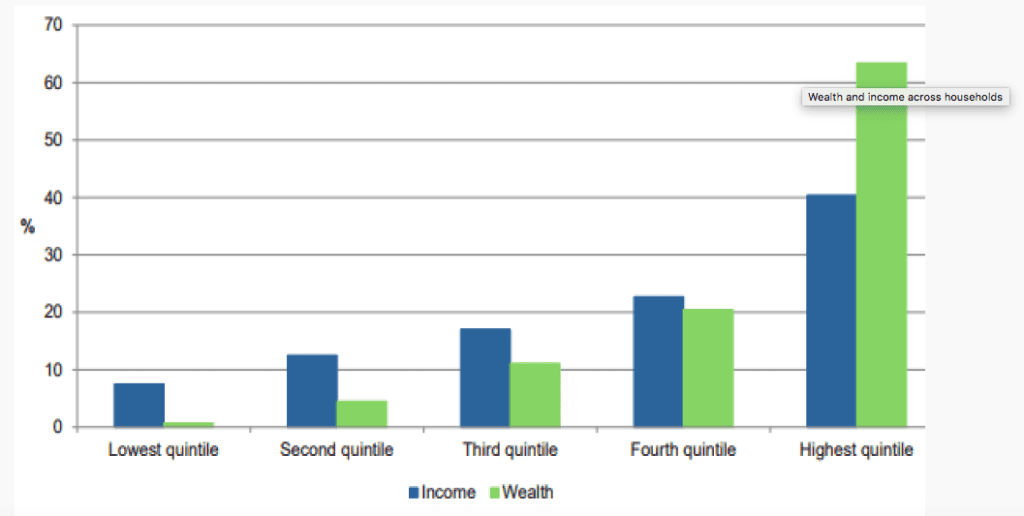
Whether we like it or not, this data sheds light on why inner-ring locales are tightly held, competitive to enter, and not showing any signs of easing.
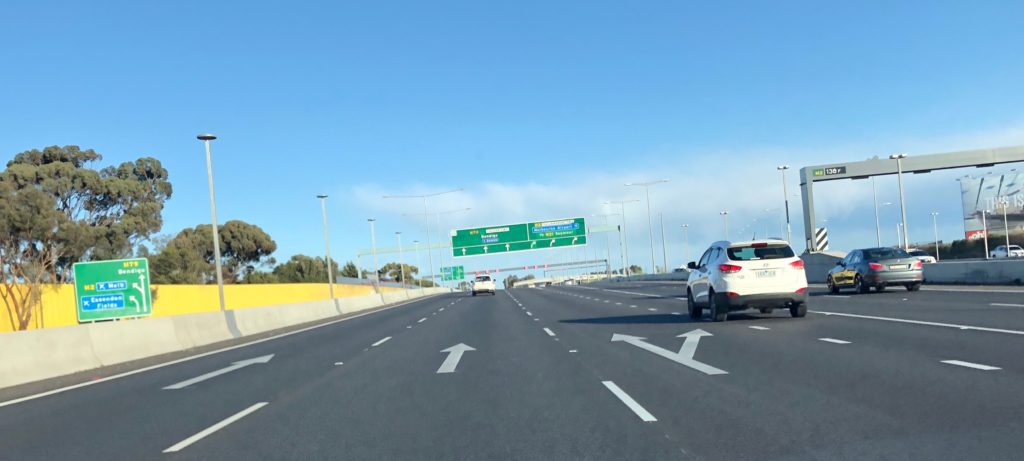
REGISTER TO OUR NEWSLETTER
INFORMATION
CONTACT US
1A/58 ANDERSON STREET,
YARRAVILLE VIC 3013
0422 638 362
03 7000 6026
CATE@CATEBAKOS.COM.AU
